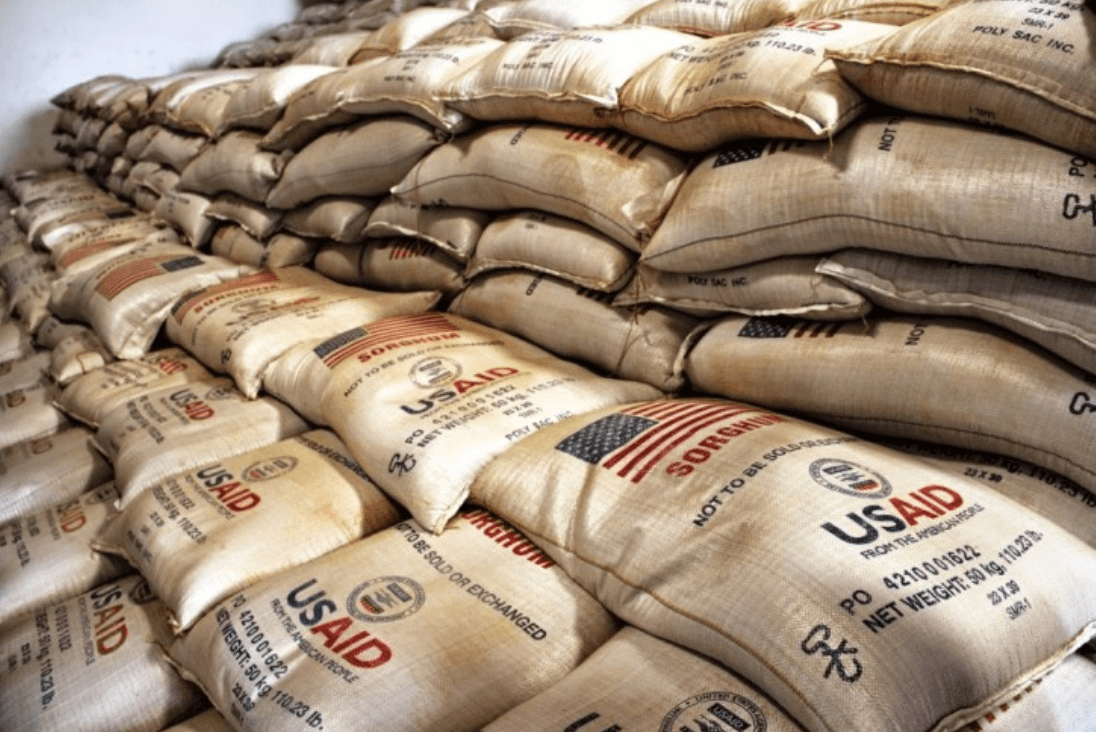Advocates for better food aid are hoping they’ll finally see long-awaited changes become law.
Last week, Senators Bob Corker (R-TN) and Chris Coons (D-DE) and Representatives Ed Royce (R-CA) and Earl Blumenauer (D-OR) proposed companion bills that they say ease restrictions on U.S. international food assistance to deliver more aid to more people faster.
The bipartisan group of lawmakers are including the “Food for Peace Modernization Act of 2018” in the 2018 farm bill, a sweeping piece of legislation that addresses U.S. agricultural and food policy. U.S. farm bills expire and are usually updated every five years. The current one is set to expire Sept. 30.
According to a press release by the Senate Foreign Relations Committee – of which both Senators Corker and Coons are members – the proposed food aid reforms would “free up as much as $275 million to provide life-saving food to nearly 9 million more people in a shorter time period.”
The bills include two key provisions: First, it allows the U.S. Agency for International Development (USAID) to use vouchers, cash transfers or locally purchased food – whichever is most cost-effective – for 75 percent of food aid.
Currently, 100 percent of food aid commodities must be produced in the U.S. by law, and at least half of it must be transported on U.S.-flagged vessels. This was intended as a subsidy to US agribusiness and shipping interests. This means that only about 30 percent of program funds are being used for food, while the rest is spent on inefficient overhead and shipping costs, the press release said.
According to Corker and Coons, lowering the requirement from 100 percent to 25 percent would “help millions more people at no significant loss for American farmers,” since food aid makes up only 0.2 percent of total U.S. agricultural production.
The second key provision eliminates a long-debated requirement called “monetization,” a process in which food commodities are shipped overseas to non-governmental organizations (NGOs). The organizations must then sell the food to generate funds for their development projects. Current law dictates that 15 percent of all U.S.-donated food must be monetized.
The U.S. is the largest donor of food aid globally, but it’s the only country that still requires domestic production and monetization.
The monetization requirement was introduced in the 1985 farm bill. At the time, organizations like CARE were leading proponents of it. But by 2007, CARE announced that it would turn down $46 million a year in food aid from the U.S. government and phase out all monetization by 2009.
CARE criticized monetization for damaging local markets – pushing producers out with foreign products and providing food only to those who could afford it rather than those who really need it. It’s also very inefficient, the organization said.
The U.S. Government Accountability Office (GAO) agrees. According to the GAO, the process of using cash to buy food to sell for cash “reduced funding available for development assistance projects by $219 million over a 3-year period.”
“It’s difficult to recoup the full cost of purchase, shipment, and delivery of food aid in competitive transactions in developing countries,” Eric Muñoz, a senior policy advisor with Oxfam America, explained in a 2012 blog post. “Cost recovery for monetization activities for USAID-administered programs averaged 76 percent. Activities managed by [the U.S. Department of Agriculture] fared slightly worse.”
The issue of food aid reform was hotly debated during negotiations for the last farm bill, which took two years to pass, from 2012 to 2014. Corker, Coons and Royce led the charge in Congress for reform then, too. But many NGOs – belonging to the now defunct Alliance for Global Food Security – were outspoken about not wanting to lose funding from monetization, as inefficient as it is.
Although minimal changes were passed in 2014, by the end of negotiations, even some of the most vocal defenders of monetization, like the charity World Vision, had thrown their support behind the reforms.
So far, there hasn’t been much talk surrounding the proposed bills. Perhaps that’s because negotiations on the entire farm bill have already stalled on the issue of food stamps. And in light of the current administration’s inward focus, some aren’t sure international food aid reform is even possible under Trump.
But what giving some advocates reason for optimism is the recent support of the American Farm Bureau Federation, which has long resisted changes to U.S. food aid policy.
“…With the Farm Bureau on board, this may be the last, best chance for long-time reform champions to ensure U.S. international food aid reaches more of the people who need it most,” Kimberly Ann Elliot, a visiting fellow at the Center for Global Development, wrote.
